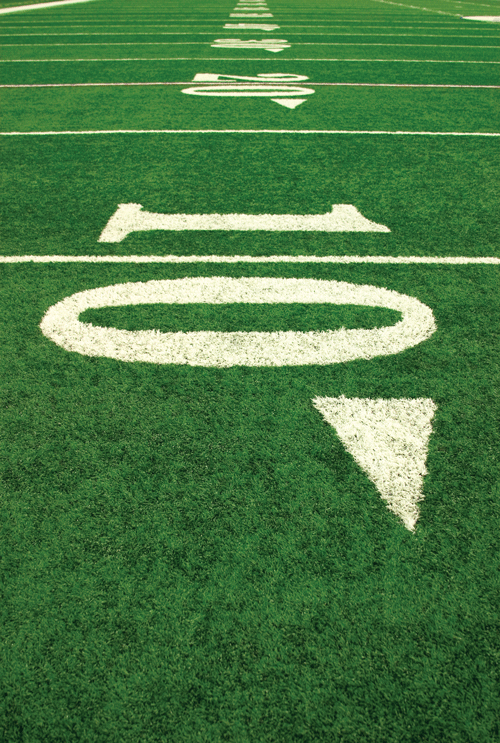Leica Geosystems’ Machine Control Helps Build Professional Football Field

That’s because the field at Commonwealth Stadium recently received a renovation to the tune of about $2 million (Can.). The former field was natural grass, and it was the last stadium in the CFL to convert to artificial turf. The Grey Cup game, Canada’s Super Bowl, will be played at Commonwealth Stadium this year and the stage needed to be re-set.
The renovation required total removal of the existing growing medium and subgrade materials to a depth of 1.2 m (4 ft). The project’s subcontractor, Wilco Contractors Northwest Inc., Edmonton, Alberta, finished the subgrade and top of the fill to near-perfect planarity, or flatness — a tolerance of 3 mm over a 3-m length (3 mm equals 1/8 in.).
To achieve this precision across the field, Wilco turned to a Leica PowerGrade GPS/GNSS Machine Control system. One motor grader was fitted with a Leica Geosystems GPS receiver and Wilco set up a Leica Redline GPS/GNSS Base Station. A second grader was controlled by a Leica Redline Power Tracker Robotic Total Station. That grader could achieve sub-centimeter accuracy.
“We probably have a quarter-million dollars invested with Leica Geosystems,” said Wilco president Art Maat. “The machine control equipment pays for itself on an annual basis. And that equipment gives us the ability to construct projects to tolerances that other contractors cannot, even though they have the same big iron capabilities we do,” Maat continues, “The machine control equipment saved $15,000 to $20,000 on surveying and probably made our equipment 25 percent more efficient on low-tolerance sites, such as fields and running tracks where the grades are very critical.”
